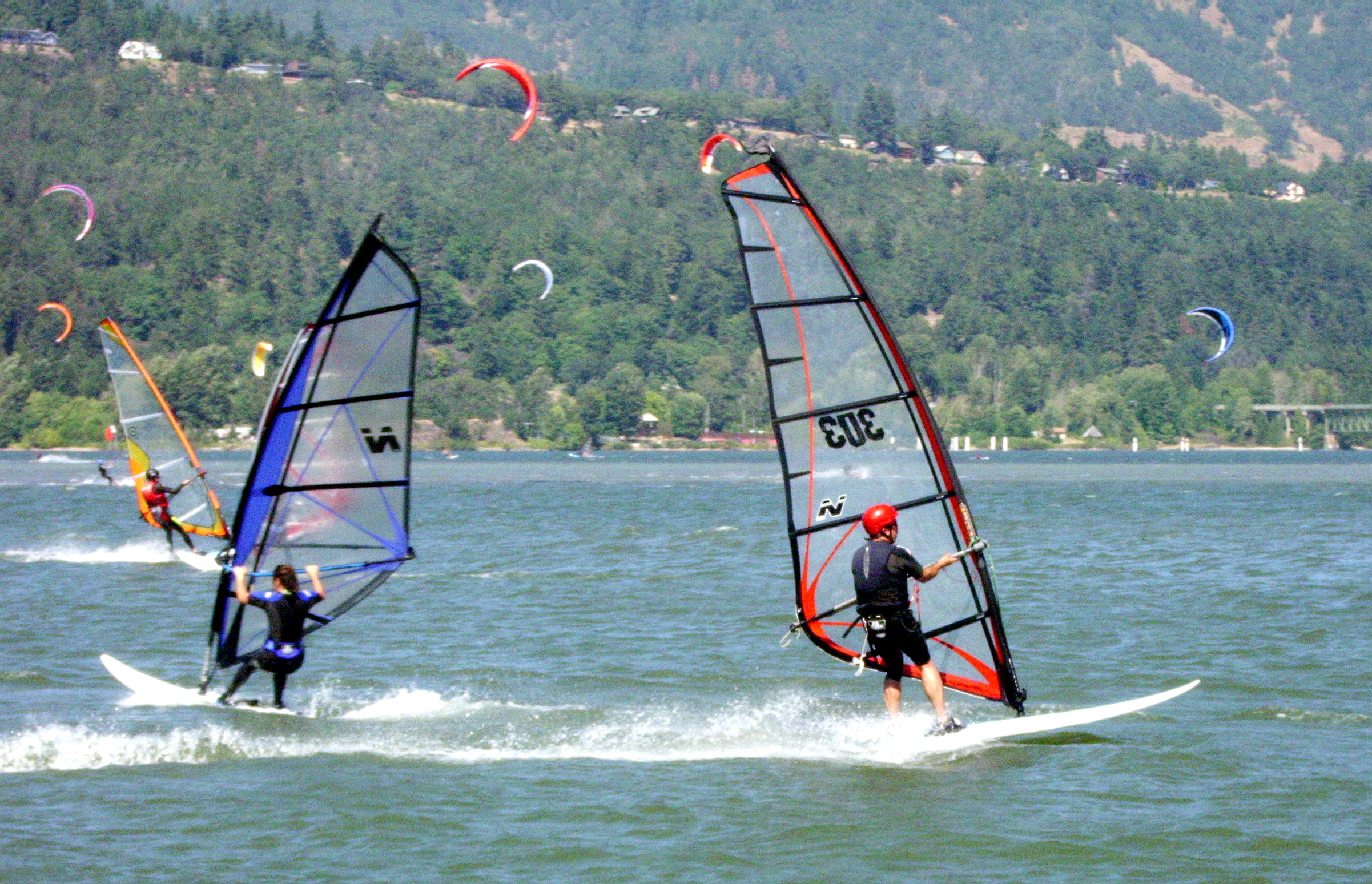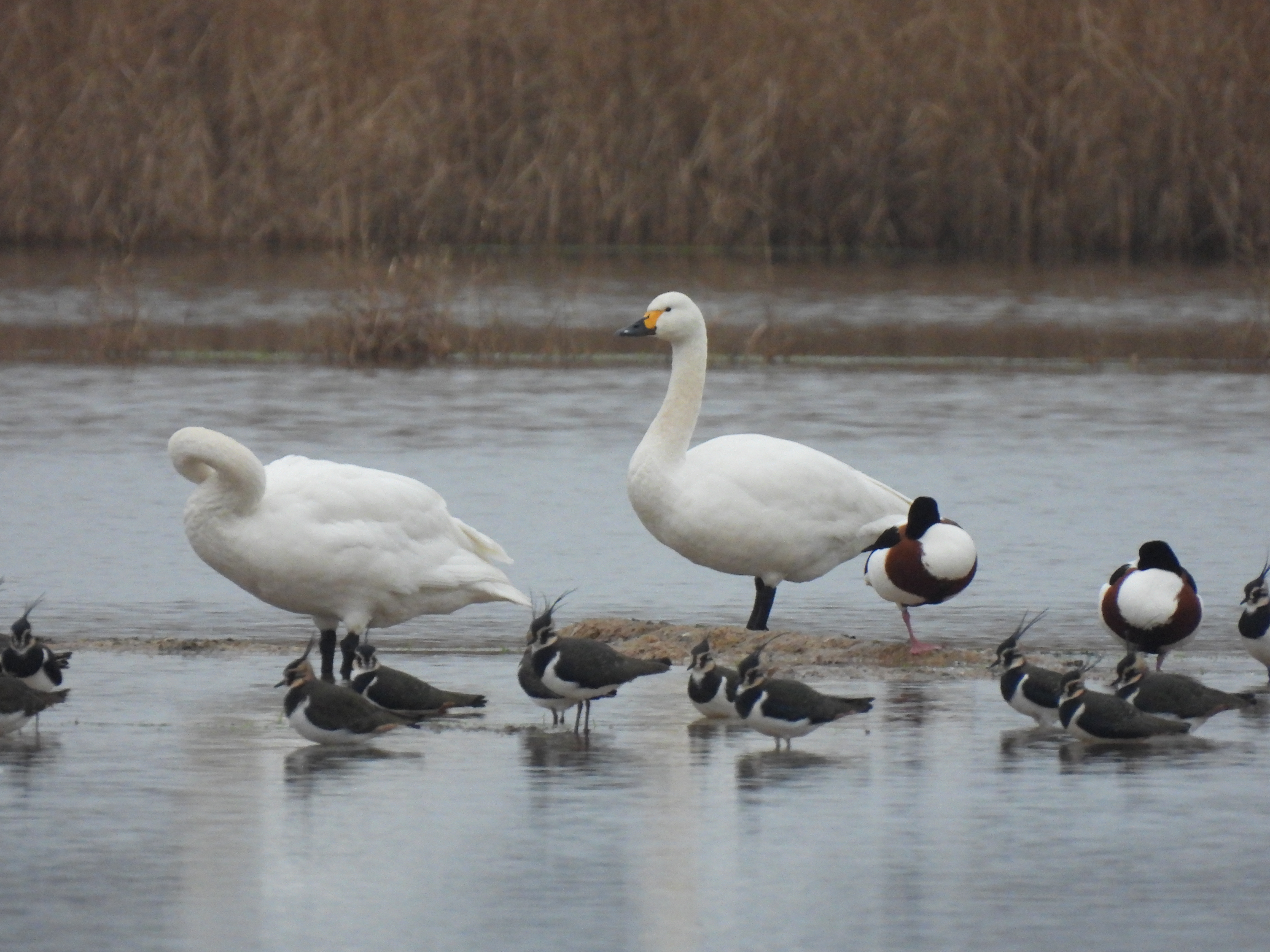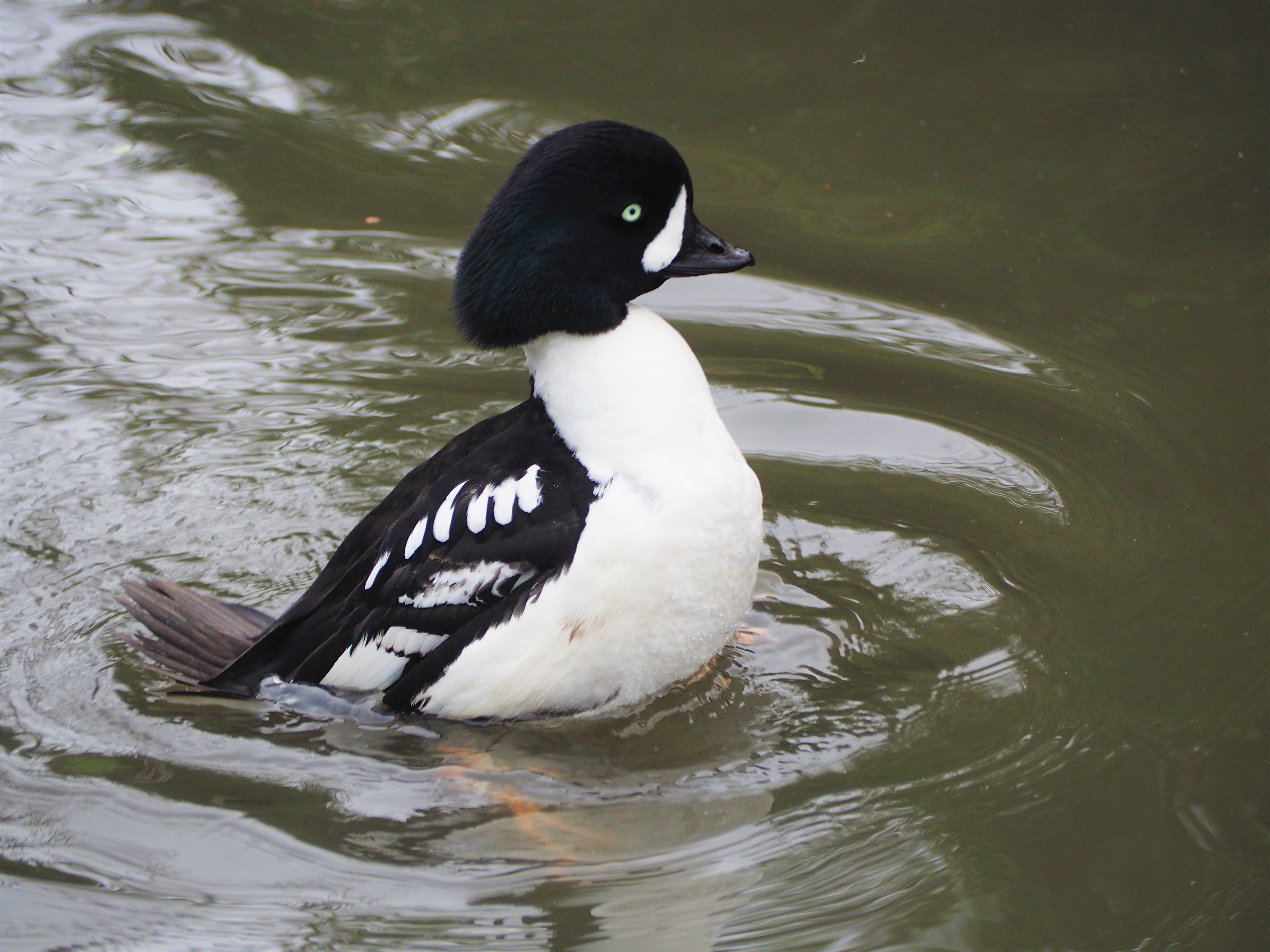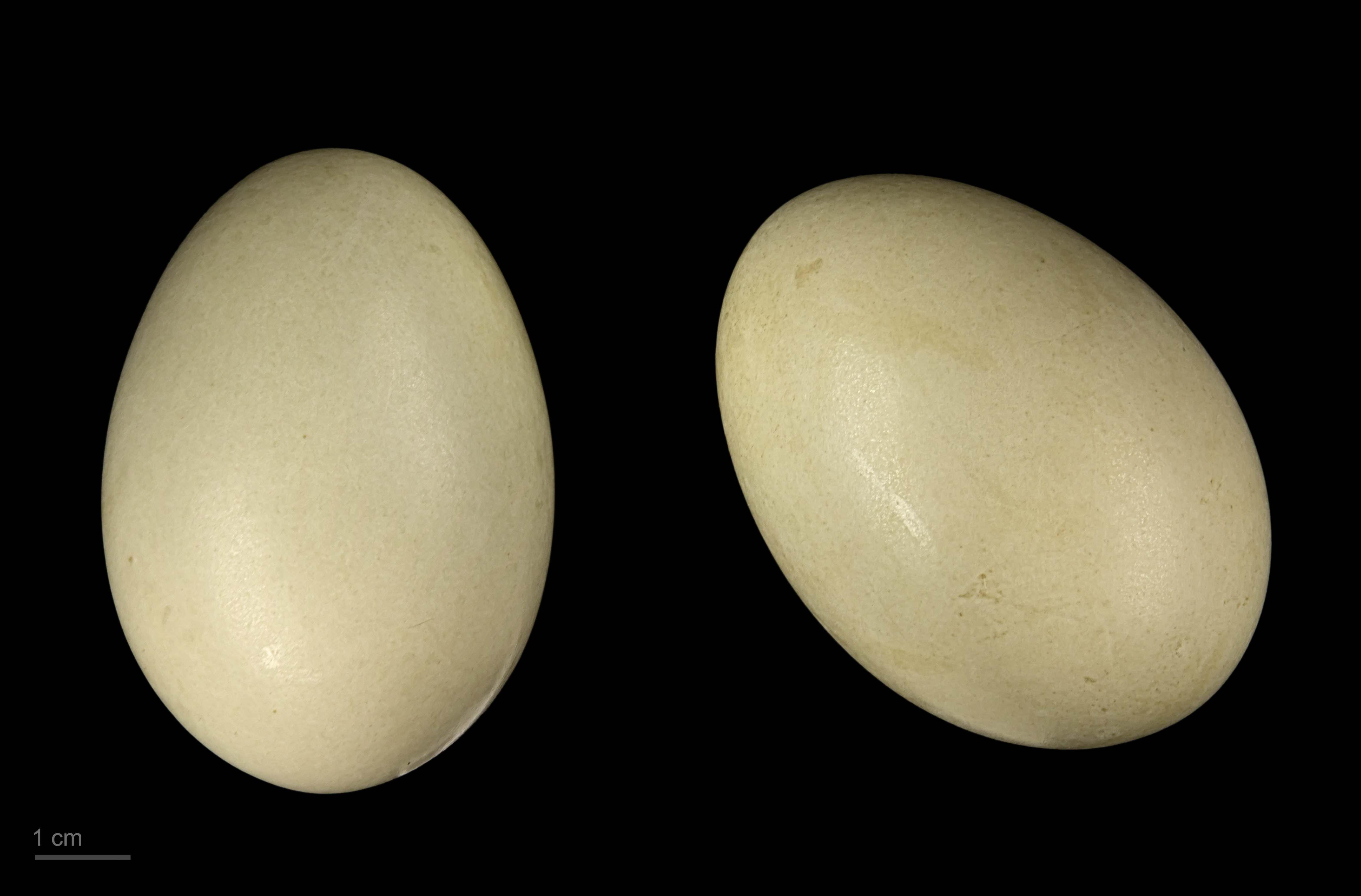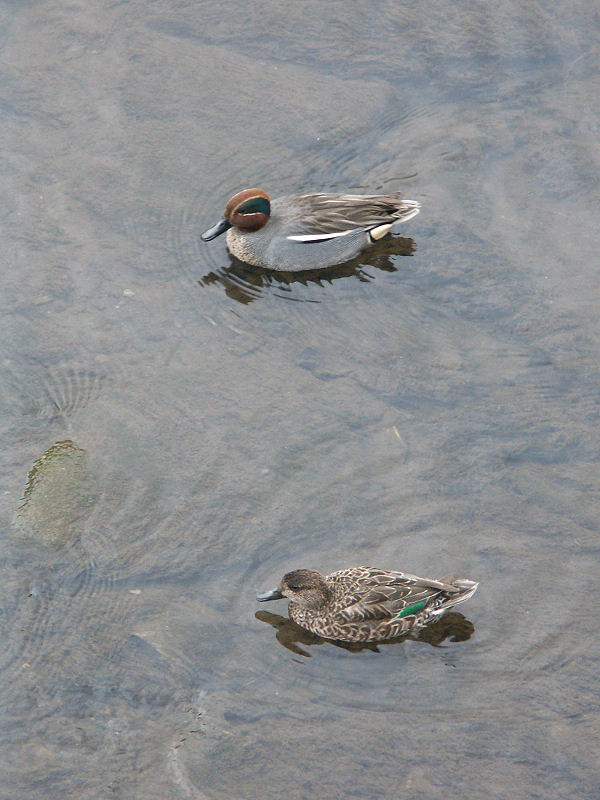|
Llandegfedd Reservoir
Llandegfedd Reservoir (also spelled as ''Llandegveth'') is a large 174 hectare water supply reservoir and is north of Newport in south Wales. The reservoir is very close to Pontypool, Cwmbran and Usk, with the boundary between Monmouthshire and Torfaen running through it along the former Sôr Brook. History It was opened by Cardiff City Council in May 1965. The reservoir itself covers an area of and is managed by Welsh Water. It is located near Coed-y-paen village. Management and use The reservoir is managed in accordance with the Llandegfedd Reservoir – Recreation and Conservation Management Plan and in consultation with the Llandegfedd Reservoir User Liaison Group. The scheme includes: Spatial zoning based on the reservoir's physical characteristics and sports and conservation requirements compromise: * Conservation areas – shallow northern waters and shores, which are the principal wildfowl overwintering, feeding and nesting areas. * Sailing and windsurfing ... [...More Info...] [...Related Items...] OR: [Wikipedia] [Google] [Baidu] |
South Wales
South Wales ( ) is a Regions of Wales, loosely defined region of Wales bordered by England to the east and mid Wales to the north. Generally considered to include the Historic counties of Wales, historic counties of Glamorgan and Monmouthshire (historic), Monmouthshire, south Wales extends westwards to include Carmarthenshire and Pembrokeshire. In the western extent, from Swansea westwards, local people would probably recognise that they lived in both south Wales and west Wales. The Brecon Beacons National Park covers about a third of south Wales, containing Pen y Fan, the highest British mountain south of Cadair Idris in Snowdonia. A point of some discussion is whether the first element of the name should be capitalised: 'south Wales' or 'South Wales'. As the name is a geographical expression rather than a specific area with well-defined borders, style guides such as those of the BBC and ''The Guardian'' use the form 'south Wales'. In a more authoritative style guide, the Wel ... [...More Info...] [...Related Items...] OR: [Wikipedia] [Google] [Baidu] |
Windsurfing
Windsurfing is a wind-propelled water sport that is a combination of sailing and surfing. It is also referred to as "sailboarding" and "boardsailing", and emerged in the late 1960s from the Californian aerospace and surf culture. Windsurfing gained a popular following across Europe and North America by the late 1970s and had achieved significant global popularity by the 1980s. Windsurfing became an Olympic sport in 1984. History Newman Darby of Pennsylvania created a rudderless "sailboard" in 1964 that incorporated a pivoting square rigged, "square rigged" or "kite rigged" sail which allowed the rider to steer a rectangular board by tilting the sail forward and back. Darby's design however had notable performance limitations. Unlike the modern windsurfer design, Darby's sailboard was operated "back winded", with the sailor's back to the lee side of a kite-shaped sail. This much less efficient and less desirable sailing position is opposite of how a modern windsurfer is operated. ... [...More Info...] [...Related Items...] OR: [Wikipedia] [Google] [Baidu] |
River Usk
The River Usk (; ) rises on the northern slopes of the Black Mountain (''y Mynydd Du''), Wales, in the westernmost part of the Brecon Beacons National Park. Initially forming the boundary between Carmarthenshire and Powys, it flows north into Usk Reservoir, then east through Sennybridge to Brecon before turning southeast to flow by Talybont-on-Usk, Crickhowell and Abergavenny, after which it takes a more southerly course. Beyond the eponymous town of Usk, it passes the Roman legionary fortress of Caerleon to flow through the heart of the city of Newport and into the Severn Estuary at Uskmouth near the Newport Wetlands. The river is about long. According to the '' Encyclopaedia of Wales'' (which gives a figure of ), the river is the longest to flow wholly within Wales. The Monmouthshire and Brecon Canal follows the Usk for most of the length of the canal. Etymology The name of the river derives from a Common Brittonic word meaning "abounding in fish" (or poss ... [...More Info...] [...Related Items...] OR: [Wikipedia] [Google] [Baidu] |
Goosander
The common merganser (North American) or goosander (Eurasian) (''Mergus merganser'') is a large sea duck of rivers and lakes in forested areas of Europe, Asia, and North America. The common merganser eats mainly fish. It nests in holes in trees. Taxonomy The first formal description of the common merganser was written by Swedish naturalist Carl Linnaeus in 1758 in the 10th edition of his ''Systema Naturae''. He introduced the current binomial name ''Mergus merganser''. The genus name is a Latin word used by Pliny and other Roman authors to refer to an unspecified waterbird, and ''merganser'' is derived from ''mergus'' and ''anser'', Latin for "goose". In 1843 John James Audubon used the name "Buff-breasted Merganser" in addition to "goosander" in his book '' The Birds of America''. The three subspecies differ in only minor detail: Description It is long with a wingspan and a weight of ; males are on average slightly larger than females, but with some overlap. Like other ... [...More Info...] [...Related Items...] OR: [Wikipedia] [Google] [Baidu] |
Bewick's Swan
The tundra swan (''Cygnus columbianus'') is a small swan of the Holarctic. The two taxa within it are usually regarded as conspecific, but are also sometimes split into two species: Bewick's swan (''Cygnus bewickii'') of the Palaearctic and the whistling swan (''C. columbianus'') proper of the Nearctic. Birds from eastern Russia (roughly east of the Taymyr Peninsula) are sometimes separated as the subspecies ''C. c. jankowskii'', but this is not widely accepted as distinct, with most authors including them in ''C. c. bewickii''. Tundra swans are sometimes separated in the subgenus ''Olor'' together with the other Arctic swan species. Bewick's swan was named in 1830 by William Yarrell after the engraver Thomas Bewick, who specialised in illustrations of birds and animals. ''Cygnus'' is the Latin for "swan", and '' columbianus'' comes from the Columbia River, the type locality. Description ''C. columbianus'' is the smallest of the Holarctic swans, at in length, in wingspan ... [...More Info...] [...Related Items...] OR: [Wikipedia] [Google] [Baidu] |
Ruddy Duck
The ruddy duck (''Oxyura jamaicensis'') is a species of duck in the family Anatidae. The ruddy duck is one of six species within the stiff-tailed ducks (genus ''Oxyura''). Stiff-tailed ducks occupy heavily vegetated habitats in North and South America as well as the British Isles, France, and Spain. In the 1940s, the ruddy duck was introduced to the United Kingdom, where it has since established a growing population. Outside the Americas, the ruddy duck is considered a highly invasive species, prompting many countries to initiate culling projects to eradicate it from the native ecosystem. The generic name is derived from Ancient Greek ''oxus'' meaning "sharp", and ''oura'' meaning "tail". The specific name ''jamaicensis'' means "from Jamaica". The ruddy duck has also been nicknamed "butterball", a term used to describe an individual that is somewhat fat, due to its short and stout stature making activities like flying and walking upright awkward. Taxonomy The ruddy duck ... [...More Info...] [...Related Items...] OR: [Wikipedia] [Google] [Baidu] |
Goldeneye (duck)
''Bucephala'' is a genus of diving ducks found in the Northern Hemisphere. Taxonomy The genus ''Bucephala'' was introduced in 1858 by American naturalist Spencer Baird with the bufflehead as the type species. The genus name is derived from Ancient Greek , meaning , from , and , , a reference to the crest of the bufflehead making its head look large. The bufflehead was formerly treated as the only member of the genus (sometimes unnecessarily changed to ''Charitonetta'') while the goldeneyes were incorrectly placed in '' Clangula'' (as ''Clangula americana''), the genus of the long-tailed duck, which at that time was placed in '' Harelda''. It may yet be correct to recognise two genera, as the bufflehead and the two goldeneyes are well diverged. In this case, ''Bucephala'' would be restricted to ''B. albeola'' and the name ''Glaucionetta'' (Stejneger, 1885) resurrected for the goldeneyes. Species The three living species are: Known fossil taxa are: * ''Bucephala ... [...More Info...] [...Related Items...] OR: [Wikipedia] [Google] [Baidu] |
Common Pochard
The common pochard (; ''Aythya ferina''), known simply as pochard in the United Kingdom, is a medium-sized diving duck in the family Anatidae. It is widespread across the Palearctic. It breeds primarily in the steppe regions of Scandinavia and Siberia, and winters further south and west. Taxonomy and systematics Swedish taxonomist Carl Linnaeus first assigned a scientific name to the common pochard in the tenth edition of his landmark treatise Systema Naturae; this was the first edition which included such names. He called the duck ''Anas ferina''. In 1822, German zoologist Friedrich Boie created the genus '' Aythya'' for various diving ducks, and moved the common pochard to that new genus. Uptake of ''Aythya'' as the genus for the common pochard was mixed for much of the next century, with some authors leaving the duck in the genus ''Anas'' or assigning it to various other now-defunct genera instead. The common pochard is considered a superspecies with the canvasback. In the ... [...More Info...] [...Related Items...] OR: [Wikipedia] [Google] [Baidu] |
Eurasian Teal
The Eurasian teal (''Anas crecca''), common teal, or Eurasian green-winged teal is a common and widespread duck that breeds in temperate Eurosiberia and migrates south in winter. The Eurasian teal is often called simply the teal due to being the only one of these small dabbling ducks in much of its range. The bird gives its name to the blue-green colour teal. It is a highly gregarious duck outside the breeding season and can form large flocks. It is commonly found in sheltered wetlands and feeds on seeds and aquatic invertebrates. The North American green-winged teal (''A. carolinensis'') was formerly (and sometimes is still) considered a subspecies of ''A. crecca''. Taxonomy The Eurasian teal belongs to the "true" teals, a group of small ''Anas'' dabbling ducks closely related to the mallard (''A. platyrhynchos'') and its relatives; that latter group in fact seems to have evolved from a true teal. It forms a superspecies with the green-winged teal and the speckl ... [...More Info...] [...Related Items...] OR: [Wikipedia] [Google] [Baidu] |
Wigeon
The wigeons or widgeons are a group of birds, dabbling ducks currently classified in the genus ''Mareca'' along with two other species. There are three extant species of wigeon, in addition to one recently extinct species. Biology There are three extant species: the Eurasian wigeon (''Mareca penelope''), the American wigeon (''M. americana'') and the Chiloé wigeon (''M. sibilatrix''). A fourth species, the Amsterdam wigeon (''Mareca marecula''), became extinct in the 19th century. The wigeons' closest relatives, forming with them the genus ''Mareca'', are the gadwall and the falcated duck The falcated duck or falcated teal (''Mareca falcata'') is a gadwall-sized dabbling duck from the east Palearctic (East Siberia and Mongolia to North Japan; wintering to India). Taxonomy The closest relative of this species is the gadwall, follo .... All three wigeons are similarly shaped, with a steep forehead and bulbous rear to the head. All three wigeon species hybridise in capti ... [...More Info...] [...Related Items...] OR: [Wikipedia] [Google] [Baidu] |
Perch (fish)
Perch is a common name for freshwater fish from the genus ''Perca'', which belongs to the family (biology), family Percidae of the large order (biology), order Perciformes. The name comes from , meaning the type species of this genus, the European perch (''P. fluviatilis''). Many species of freshwater game fish more or less resemble perch, but belong to different genera. In fact, the exclusively saltwater-dwelling red drum (which belong to a different order Acanthuriformes) is often referred to as a "red perch", though by definition perch are freshwater species. Though many fish are referred to as perch as a common name, to be considered a true perch, the fish must be of the family Percidae. Species Most authorities recognize three species within the perch genus: * The European perch (''P. fluviatilis'') is primarily found in Europe, but a few can also be found in South Africa, and even as far east on the Southern Hemisphere, Southern hemisphere as Australia. This species is t ... [...More Info...] [...Related Items...] OR: [Wikipedia] [Google] [Baidu] |
Pike (fish)
''Esox'' is a genus of freshwater fish commonly known as pike or pickerel. It is the type genus of the family Esocidae. The type species of the genus is '' Esox lucius'', the northern pike. ''Esox'' have a fossil record extending back to the Paleocene. Modern large pike species are native to the Palearctic and Nearctic realms, ranging across Northern America and from Western Europe to Siberia in North Asia. Pike have the elongated, torpedo-like shape typical of predatory fishes, with sharply pointed heads and sharp teeth. Their coloration is typically grey-green with a mottled or spotted appearance with stripes along their backs, providing camouflage among underwater weeds, and each individual pike marking patterns are unique like fingerprints. Pikes can grow to a maximum recorded length of , reaching a maximum recorded weight of 67lb 8oz. Etymology The generic name ''Esox'' (pike fish) derives from the Greek ἴσοξ (''ee-soks'', a large fish) and appears to be cognate wi ... [...More Info...] [...Related Items...] OR: [Wikipedia] [Google] [Baidu] |

